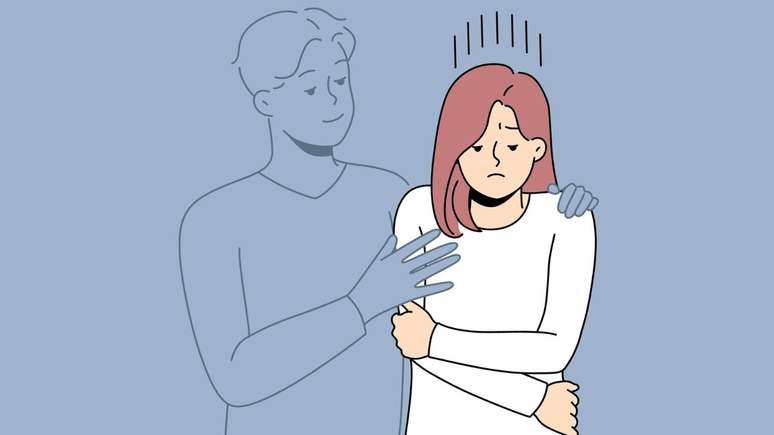Understand how the body reacts to a new physical stimulus and avoid serious complications
Feel pain after training, more often than not, it is something normal, which happens to many people. Especially when we perform some new activity or resume the exercise routine after a break. After all, who doesn’t remember the first two days after starting bodybuilding, for example? The discomfort can be great, but after a short time it passes and the body adjusts to the new routine.
html[data-range=”xlarge”] figure image img.img-f4d385e8d5e945bef192d1c2e7835c46glo7hwwl { width: 774px; height: 435px; }HTML[data-range=”large”] figure image img.img-f4d385e8d5e945bef192d1c2e7835c46glo7hwwl { width: 548px; height: 308px; }HTML[data-range=”small”] figure figure img.img-f4d385e8d5e945bef192d1c2e7835c46glo7hwwl, html[data-range=”medium”] figure image img.img-f4d385e8d5e945bef192d1c2e7835c46glo7hwwl { width: 564px; height: 317px; }
Post-workout pain usually occurs due to unavoidable micro-injuries that occur during physical activity. They trigger an inflammatory process in the body which, through food and sleep, manages to regenerate itself, reinforcing the affected areas and leaving you ready for another. That is, it is this cycle that allows for physical evolution and muscle hypertrophy.
“This is the body’s defense response to the inflammatory process responsible for muscle soreness after exercise. Known as Delayed Muscle Soreness (MTD), this feeling of discomfort in the muscles or of being ‘stuck’ is normal,” explains the physical therapist. Ramos.
Pain after a workout isn’t always normal
However, there are a few different signs of DMT, which can also indicate a possible injury. Especially if you got excited upon returning or starting a physical activity and ended up overstepping it. Next, check out the differences between normal post-workout pain and when it could be a sign of something more serious:
Common
- Post-exercise pain lasts from 24h to 72h immediately after physical activity;
- This discomfort doesn’t limit exercise;
- Good sets of stretching and warm-ups can ease the condition.
“You just have to be careful and respect your body’s limits in the next workout or take another day off that week,” guides the physical therapist.
possible injury
- Post-exercise pain does not decrease after 72 hours
- It is usually acute and latent, like a muscle ache;
- It may have the presence of hematoma, reddened region or swelling;
“It is important to know that physical activity is synonymous with health and an antonym for pain. If some discomfort does not subside with a two-day break from training, it is essential not to neglect help. Rehabilitation, in most cases, it allows you to get back to training much faster and is much more effective than insisting on recovering on your own and ending up creating an even bigger problem”, concludes Cadu.
Source: Cadu Ramos, physiotherapist specialist in Physiotherapy and Traumatology at the Federal University of São Paulo (UNIFESP) – Escola Paulista de Medicina (EPM)
Source: Terra
Ben Stock is a lifestyle journalist and author at Gossipify. He writes about topics such as health, wellness, travel, food and home decor. He provides practical advice and inspiration to improve well-being, keeps readers up to date with latest lifestyle news and trends, known for his engaging writing style, in-depth analysis and unique perspectives.









